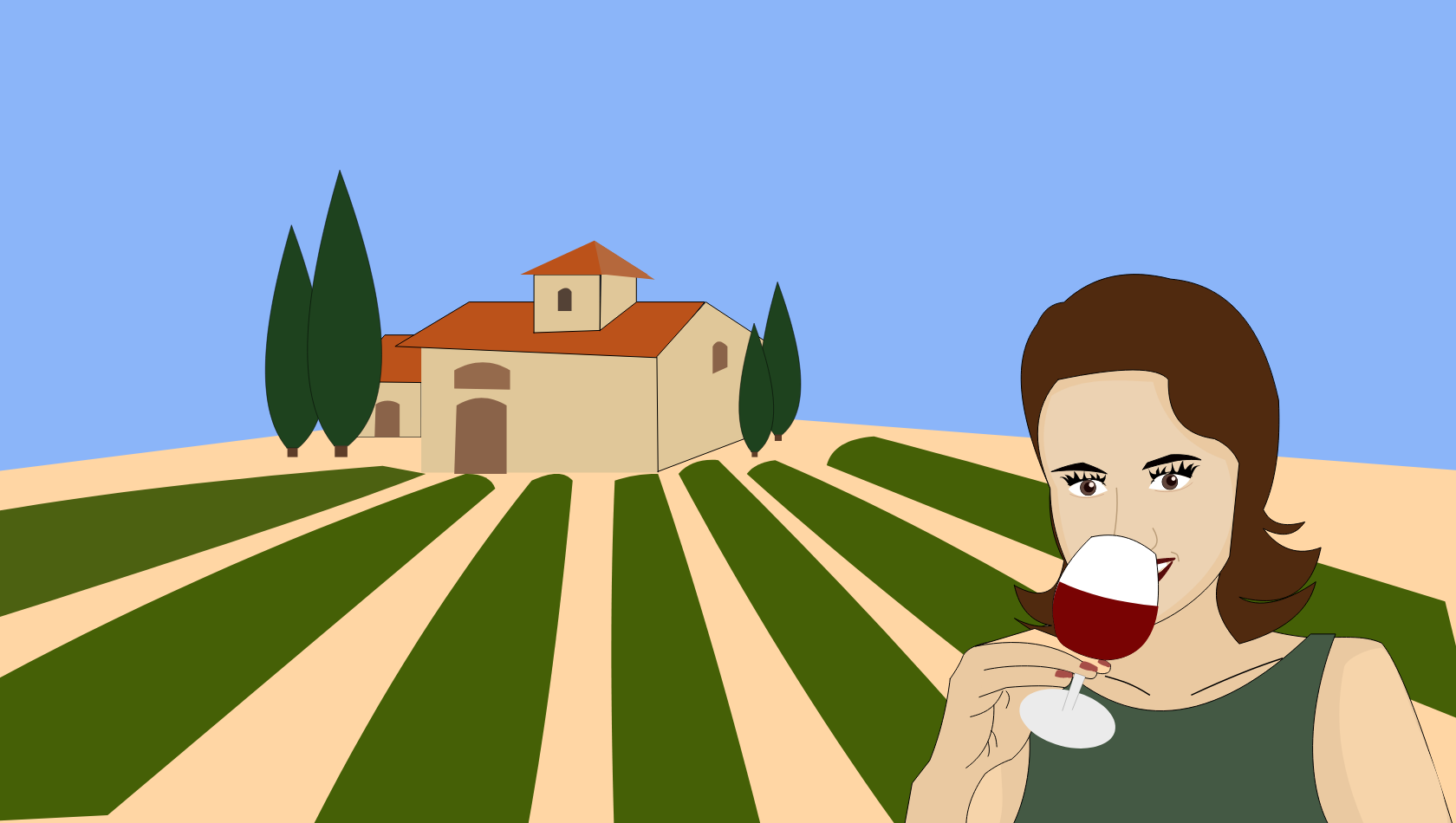
Women and wine throughout the world and history.
Historically, women have always played a role in the world of wine, but for a long time, it was confined to work in vineyards. Women's tasks were often limited to picking grapes or collecting shoots. Men participated in more "strategic" tasks of winemaking: winemaking, blending, etc. This division of labor has contributed to a lack of awareness of women's skills in wine-making.
If ancient Egyptian frescoes depicted women involved in the elaboration of the wine, we had to wait until the 18th century when history started to remember the names of women in winemaking.
They are, for the most part, widows whose premature death of their husbands hastened their entry into wine heritage. In France, the widow Joséphine de Lur-Saluces took over the head of the Château d'Yquem in 1788 and gave it the international prestige that we know today.
We cannot forget the two most famous widows of Champagne, Jeanne Alexandrine Pommery, and Barbe Nicole Clicquot who also took over managing the family farm to make it a real empire. These two illustrious women developed innovations that marked the Champagne world forever. Mrs. Pommery developed "brut" Champagne by reducing the dosage to satisfy her English clientele, causing a real change in the production and tastes of Champagne. Mrs. Cliquot was responsible for the invention of rosé Champagne, the world’s first Champagne label and the distinctive modern Champagne bottle shape.
Inheritance became the primary way that women ended up in positions of power in the wine industry up until the 1970s, not only in France but in the United States. For example, in 1880, in Sonoma County, California, Ellen Mary had to petition the courts to let her run her winery business after the death of her husband. In 1904, Isabelle Simi, generally considered the first female commercial winemaker in the United States, found herself in charge of the family winery at the age of 18 after both her father and brother died from a flu outbreak. She would go on to safely navigate her winery through Prohibition without shuttering its doors.
The evolution of women in wine in France.
For more than half a century, the figures related to the professional integration of women in the wine sector have risen sharply. In 1956, less than 10% of professional wine titles were held by women, compared to more than 30% in the 2010s. They now occupy field jobs, showing the rise of women in wine estates.
Today women represent 1/3 of French oenologists and winemakers
Outside of production, new professions have also appeared in the wine industry. These include translation, communication, and wine tourism. These positions, which promote vineyards and export wines, are now held by many women.
Despite these developments, men are still present in many organizations and institutions related to the wine trade.
In 2019, women accounted for half of the enology graduates and 20% of French sommeliers. These figures are even lower than those of our northern European neighbors.
The feminization of the wine industry has also led to the creation of local associations of women working in the wine industry. These associations allow to share know-how, to talk about the challenges of the profession, to promote territories and diversity. It is also an opportunity to discuss the problems encountered in the profession, particularly the recognition of their male peers. This is the case in the the DiVINes of Alsace or the Vinifilles of Occitanie.
Other figures of women in wine nowadays.
In California about 20 percent of leadership positions in wine are women.
In Australia, that percentage climbs to at least 38 percent. Women fill roles as varied as business owner, CEO, winemaker, and viticulturist.




32 Rue Robert Mallet Stevens
30900 Nîmes - FRANCE
+33 (0)4.66.23.44.22


